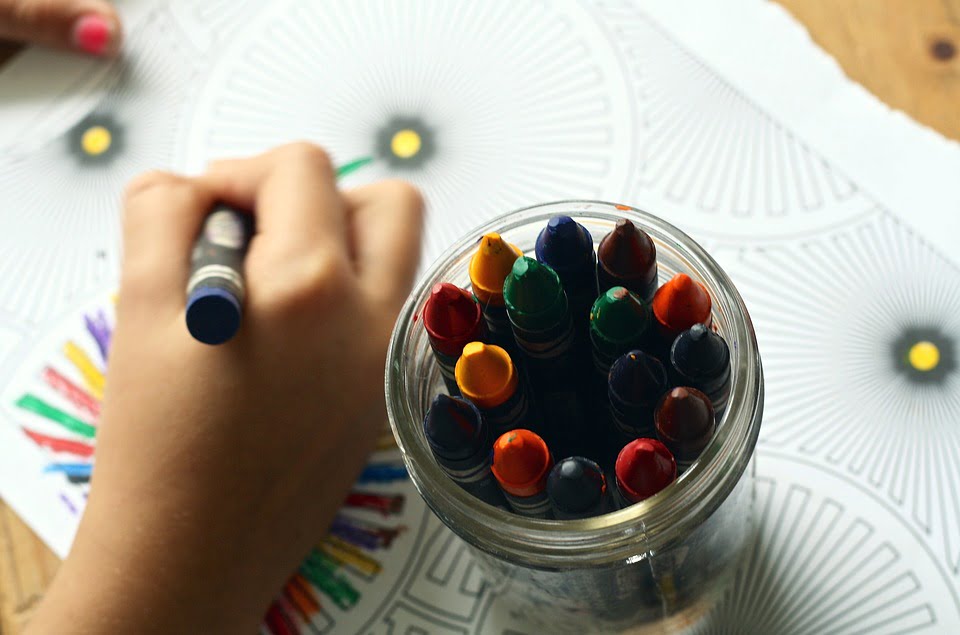Math can be a challenging subject for many elementary students, but it doesn’t have to be boring! By incorporating fun and engaging activities into your math lessons, you can help students develop a love for math and improve their understanding of key concepts. Here are five fun and effective ways to teach math to elementary students:
- Use Manipulatives:
- Play Math Games:
- Use Technology:
- Incorporate Real-World Examples:
- Make Math Fun:
One of the best ways to help elementary students understand math concepts is by using manipulatives. Manipulatives are physical objects that students can use to visualize and solve math problems. For example, you can use counters, blocks, or even food items like cereal or candy to help students practice addition, subtraction, multiplication, and division. By using manipulatives, students can see math in action and develop a deeper understanding of how numbers work.
Another fun and effective way to teach math to elementary students is by incorporating math games into your lessons. Math games can make learning fun and engaging for students, while also helping them practice key math skills. You can use traditional board games like Monopoly or Scrabble to practice addition, subtraction, and multiplication, or you can create your own math games using dice, cards, or other materials. By making math fun, students will be more motivated to learn and improve their math skills.
Incorporating technology into your math lessons can also help make learning more engaging for elementary students. There are many math apps and online programs available that can help students practice math skills in a fun and interactive way. You can also use educational websites like Khan Academy or Funbrain to provide students with additional practice and support outside of the classroom. By using technology, you can cater to different learning styles and help students develop their math skills at their own pace.
Another effective way to teach math to elementary students is by incorporating real-world examples into your lessons. By showing students how math is used in everyday life, you can help them see the relevance of math and understand its importance. For example, you can use grocery shopping or cooking to teach students about addition and subtraction, or you can use sports statistics to teach them about fractions and percentages. By connecting math to real-world situations, students will be more motivated to learn and apply their math skills.
Above all, it’s important to make math fun for elementary students. By incorporating games, hands-on activities, and real-world examples into your lessons, you can help students see math as an exciting and engaging subject. You can also praise students for their efforts and provide positive reinforcement to boost their confidence and motivation. By making math fun and enjoyable, you can help students develop a love for math and succeed in their mathematical pursuits.
Conclusion
Teaching math to elementary students can be a rewarding experience when you incorporate fun and effective strategies into your lessons. By using manipulatives, playing math games, using technology, incorporating real-world examples, and making math fun, you can help students develop a love for math and improve their understanding of key concepts. With the right approach, you can make math an exciting and engaging subject that students look forward to learning.
FAQs
Q: How can I motivate my students to learn math?
A: You can motivate your students to learn math by making lessons fun and engaging, praising their efforts, providing positive reinforcement, and incorporating real-world examples into your lessons.
Q: How can I incorporate technology into my math lessons?
A: You can incorporate technology into your math lessons by using math apps, online programs, educational websites, and interactive whiteboards to make learning more engaging for students.
Q: What are some examples of math games I can play with my students?
A: You can play math games like Monopoly, Scrabble, or create your own games using dice, cards, or other materials to help students practice key math skills in a fun and interactive way.
